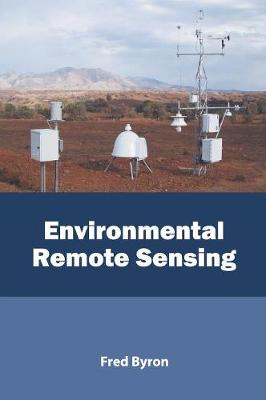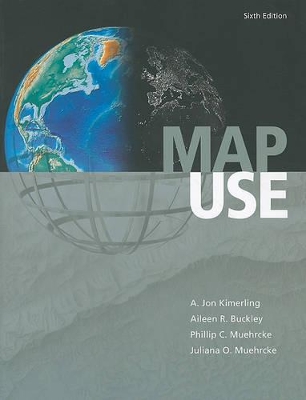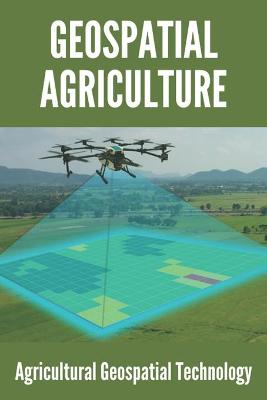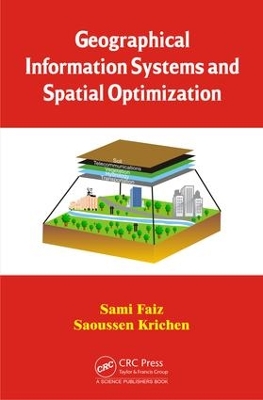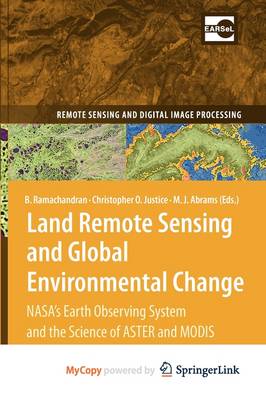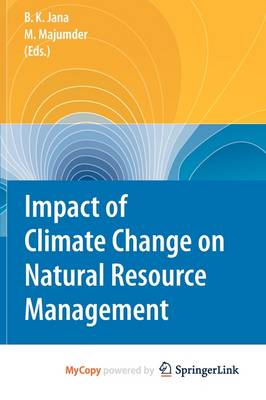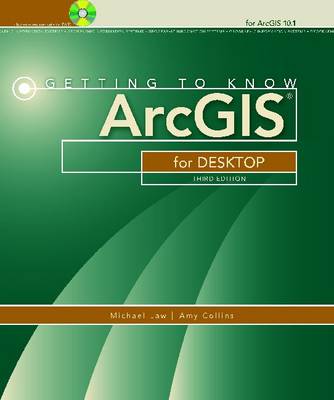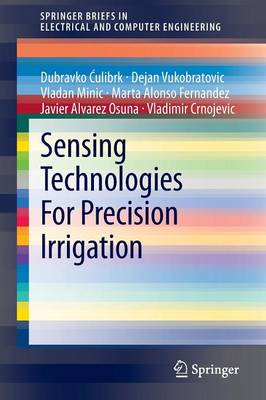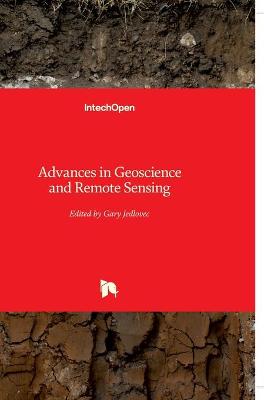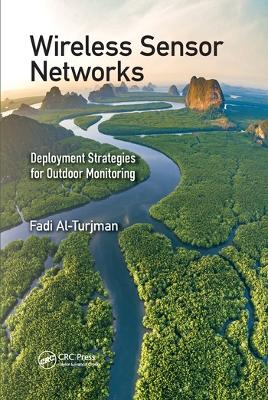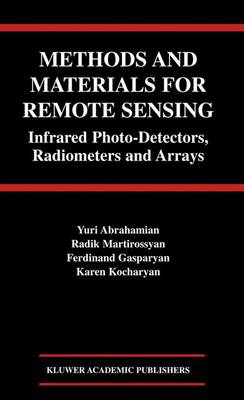In Abstract Machine, author Charles Travis uses GIS technology to interpret, analyze, and visualize literary, historical, and philosophical texts. Travis's study shows how mapping language patterns, fictional landscapes, geographic spaces, and philosophical concepts helps support critical analysis. Travis bases his interpretive model upon the ancient Greek and Roman practice of geographia, and applies it to works by authors including Samuel Beckett, Patrick Kavanagh, Flann O'Brien, and James Joy...
Proceedings of SPIE present the original research papers presented at SPIE conferences and other high-quality conferences in the broad-ranging fields of optics and photonics. These books provide prompt access to the latest innovations in research and technology in their respective fields. Proceedings of SPIE are among the most cited references in patent literature.
Map Use (Map Use, #8)
by Jon Kimerling, Phillip C. Muehrcke, Juliana O. Muehrcke, and Alison Buckley
Map Use: Reading, Analysis, Interpretation, seventh edition, is a comprehensive, foundational textbook designed for the college curriculum. Now updated with a new section on map interpretation, Map Use provides students with the knowledge and skills to read and understand maps, and offers professional cartographers a thorough reference resource. Nearly 600 full-color maps, photographs, and graphs illustrate the concepts behind communicating with maps, while an extensive glossary and resource DV...
Geographical Information Systems and Spatial Optimization
by Sami Faiz and Saoussen Krichen
This book deals with the basic concepts of GIS and optimization. It provides an overview of various integration protocols that are termed GIS-O integration strategies applied to practical applications. It also develops an integration approach for the vehicle routing problem with resource and distance requirements and approves it with numerical resu
Ideally, every tract of land has a description on paper and a physical survey on the ground. When boundary disputes arise, all parties concerned must quickly learn the vocabulary and processes involved with real estate. Written for anyone dealing in real estate transactions, Subdividing the Land: Metes and Bounds and Rectangular Survey Systems provides this background. It defines key legal terms, examines key concepts of Metes and Bounds, the structure of the U.S. Land Survey System and offers m...
Toward New Partnerships in Remote Sensing
by National Research Council Steering Committee on Space Applications and Commercializati
Ethnobotany for Foresters
by Kaushal Singh, Vinita Bisht, and Aishwarya Maheshwari
Practical Spatial Statistics is designed as an introductory text for entry-level programmers utilizing statistics and spatial analysis for GIS. The book presents fundamental statistics and GIS theories and concepts. It elaborates on how to conceptualize spatial problems, organize spatial dataset and build analysis framework. The core of the book demonstrates essential spatial statistics techniques from basic spatial data analysis to point pattern analysis and spatial modeling, such as hot-spots...
A concise, self-contained monograph on lase remote sensing and its applications, this text discusses the ways in which lasers can be used to remotely measure the atmosphere and the hydrosphere. It provides a historicalperspective and reviews the basic physics needed to understand the subject.
Low Radar Cross Section HIS-Based Phased Array
by Hema Singh and Avinash Singh
The design and development of low radar cross section (RCS) phased array has been a challenging subject in stealth technology. The frequency selective surface elements act as absorbers in specific frequency band and facilitate gain enhancement and reduction of antenna RCS. This book presents a comprehensive EM design and analysis of such low-profile patch arrays with high impedance surface-based ground plane. It explains how to determine radiation mode RCS of low-profile antenna arrays with arbi...
Remote Sensing of Earth Based Radar Objects
by A I Kozlov, L.P. Ligthart, and A I Logvin
The book concerns with the theory and practice of remote radio sensing applied to detection and classification problems with (polarimetric) radar in microwave scattering propagation channel. The first eight (8) chapters (Part II of the book) deal with theory on remote sensing for classification by (polarimetric) contrast of earth-based radar objects. Part III of the book (chapters 9-14) deals with signal processing aspects of (polarimetric) remote sensing for data obtained from experiments carri...
Land Remote Sensing and Global Environmental Change (Remote Sensing and Digital Image Processing, #11)
Land Remote Sensing and Global Environmental Change: The Science of ASTER and MODIS is an edited compendium of contributions dealing with ASTER and MODIS satellite sensors aboard NASA's Terra and Aqua platforms launched as part of the Earth Observing System fleet in 1999 and 2002 respectively. This volume is divided into six sections. The first three sections provide insights into the history, philosophy, and evolution of the EOS, ASTER and MODIS instrument designs and calibration mechanisms,...
Getting to Know ArcGIS (R) for Desktop is a workbook that introduces the principles of GIS via hands-on exercises. Readers are shown how to use ArcGIS for Desktop software tools to display and present maps and data, and then query and analyse the data. The third edition has been reorganised and includes new topics such as exploring online resources and raster data and contains new exercises, data, and learning tools. Known for its broad scope, clarity, and reliability, Getting to Know ArcGIS...
This brief provides an overview of state-of-the-art sensing technologies relevant to the problem of precision irrigation, an emerging field within the domain of precision agriculture. Applications of wireless sensor networks, satellite data and geographic information systems in the domain are covered. This brief presents the basic concepts of the technologies and emphasizes the practical aspects that enable the implementation of intelligent irrigation systems. The authors target a broad audience...
Wireless Sensor Networks overcome the difficulties of other monitoring systems. However, they require further efficiencies for Outdoor Environment Monitoring (OEM) applications due to their harsh operational conditions, huge targeted areas, limited energy budget, and required 3D setups. A fundamental issue in defeating these practical challenges is deployment planning. The deployment plan is a key factor of many intrinsic properties of OEM networks, summarized in connectivity, lifetime, fault-to...
Methods and Materials for Remote Sensing
by Yuri Abrahamian, Radik Martirossyan, Ferdinand Gasparyan, and Karen Kocharyan
Methods and Materials for Remote Sensing: Infrared Photo-Detectors, Radiometers and Arrays presents the basic principles and the guidelines for the design of IR and microwave radiometers intended for the detection of weak electromagnetic signals in a noisy background. Significant attention is paid in this book to the discussion of the origin of the noises and consideration of the physical factors limiting the sensitivity of photo sensors. The physico-chemical properties of narrow-band semicondu...

